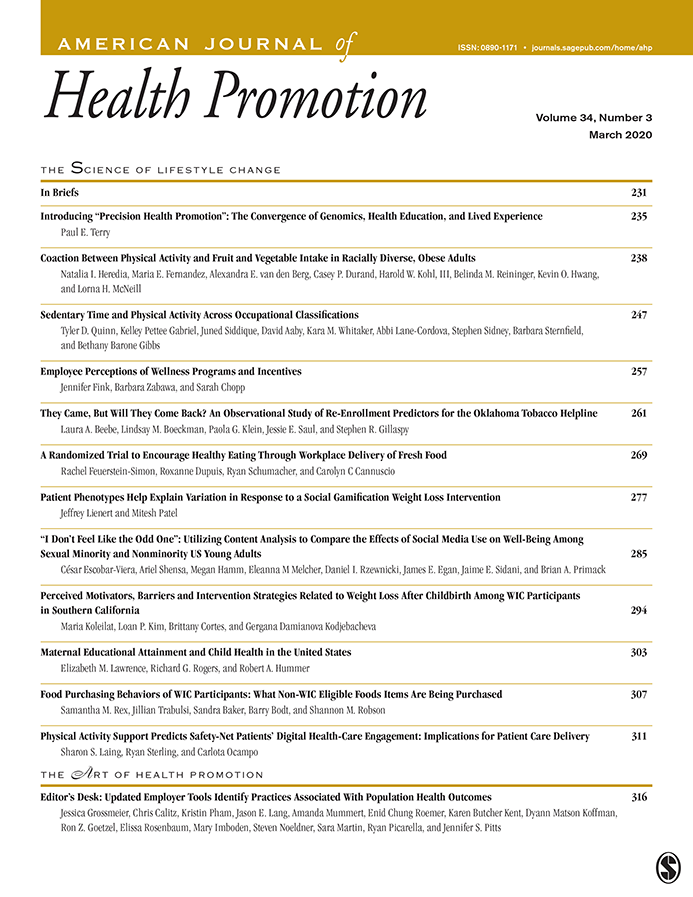Source
American Journal of Health Promotion
https://journals.sagepub.com/home/ahp
Peer-Reviewed Article
January 2015
Many older adults experience loneliness, which can lead to harmful impacts on mental as well as physical health. This literature review evaluated the effectiveness of published studies of interventions for loneliness in older adults.
The studies assessed included both group and one-on-one interventions for older adults living in community, nursing home, and assisted living settings. Key findings are summarized below.
- Technology can alleviate loneliness across various populations, when used in both one-on-one and group formats. Some examples of technology interventions include participating in an “e-pal” program and training for using videoconference software to communicate with family members.
- Educational programs, in both one-on-one and group formats, can help to reduce loneliness. Some educational programs focus on social network maintenance, health promotion, or improving caregiver relationships and self-management abilities. Programs with a psychosocial element may be effective.
- Shared activities interventions, such as an indoor gardening program, physical activity, and visual art discussions, can be effective.
- Interventions using specific therapy techniques can reduce loneliness in institutionalized persons.
This synthesis of evidence for interventions designed to address loneliness in older adults can help health care stakeholders in a variety of settings develop interventions that effectively alleviate social isolation for this population.
Posted to The Playbook on



